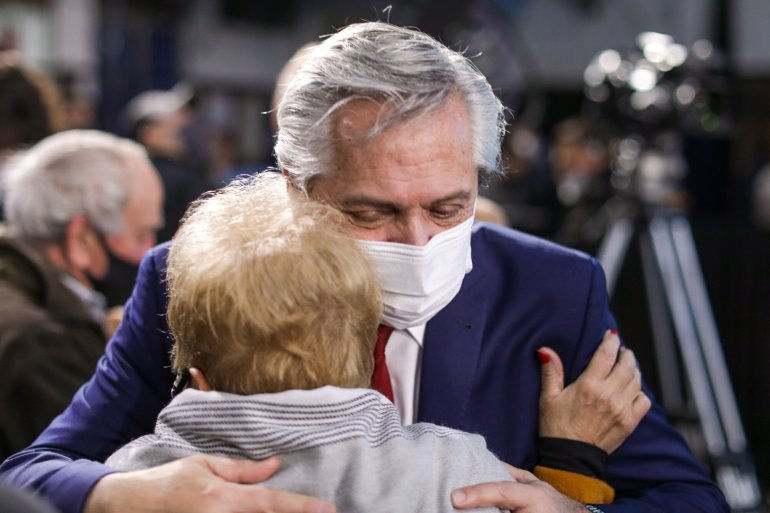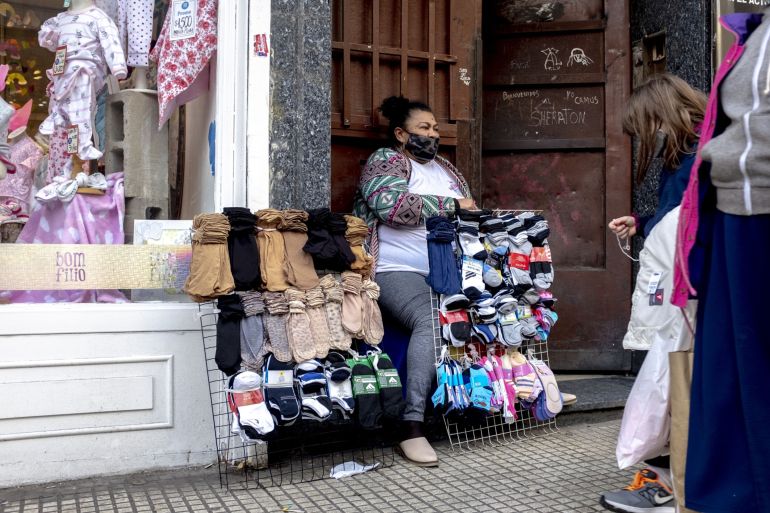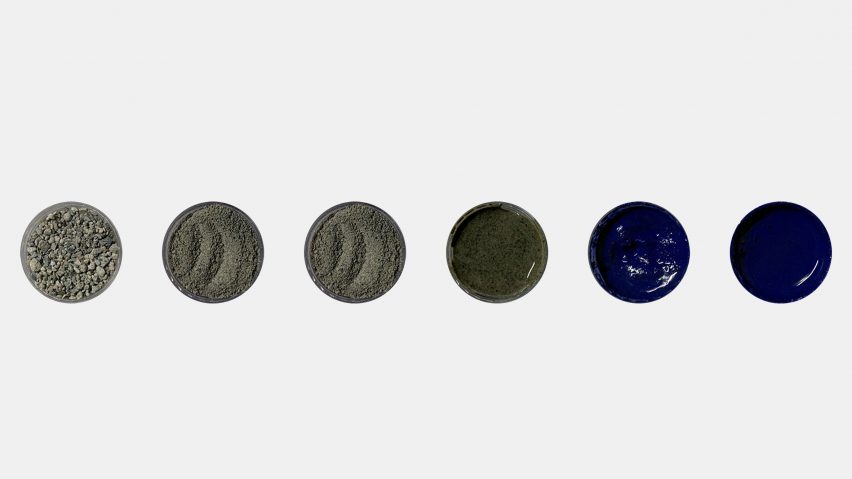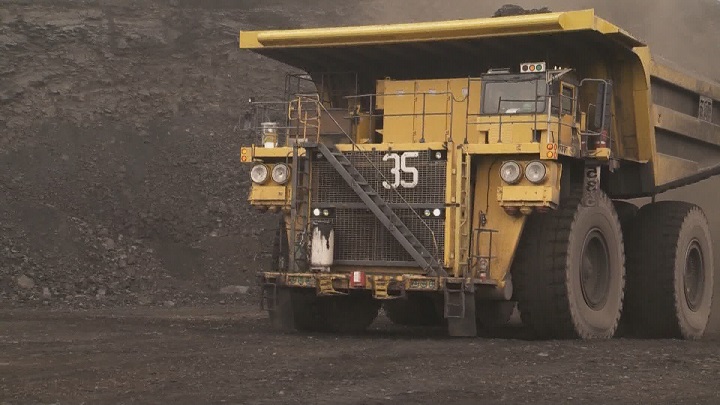by Carlos Alberto Colodro
8/6/2021 – Thanks to a 30-move victory over Sergey Karjakin, Jan-Krzysztof Duda was crowned champion at the 2021 FIDE World Cup in Sochi. The Polish grandmaster had an undefeated performance in the 24-day event and knocked out none other than world champion Magnus Carlsen in the semifinals. Carlsen, who had high praise for Duda, beat Vladimir Fedoseev for a second day in a row to claim third place. | Photos: David Llada

“The tournament of my life”
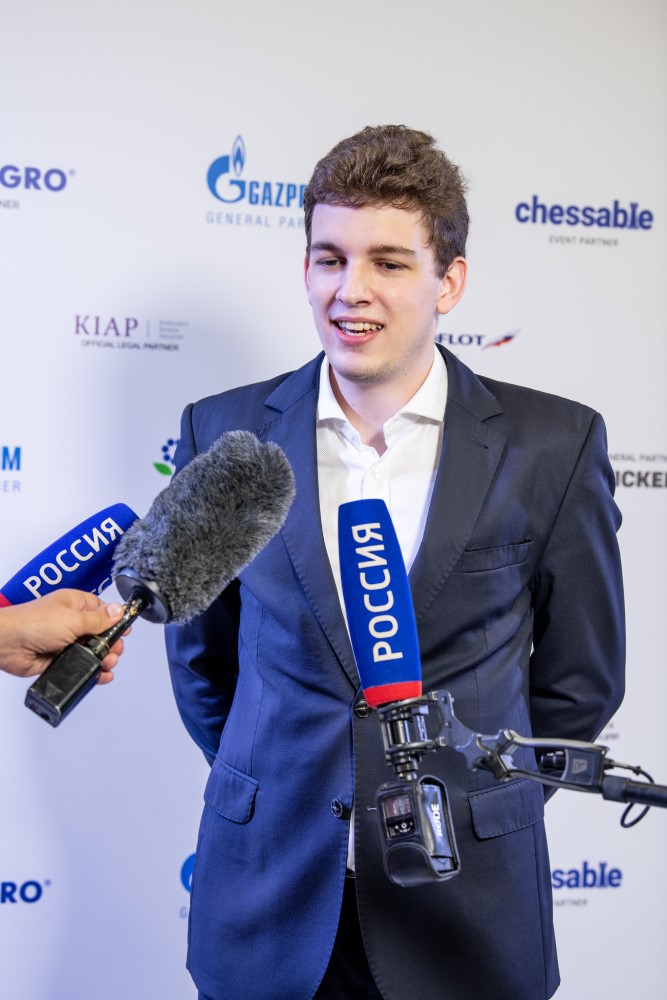
In a final interview with FIDE press officer Michael Rahal, it was Carlsen himself who provided perhaps the best description of Duda’s performance in Sochi:
Huge congratulations to Duda for winning the World Cup. Considering the line of opponents he beat in the last four rounds, never losing a game — then obviously never being in a must-win or desperate situation — is a massive achievement. So, he is a richly deserved winner.
Besides taking home the $110,000 first prize and 18.2 rating points, the 23-year-old grandmaster gained a spot in the next edition of the Candidates Tournament. Clearly an ambitious sportsman, he now stands as a clear contender to become the next challenger to the world crown. In fact, Rahal asked him if he sees himself fighting for the World Championship in 2022. A confident Duda responded:
Yeah, why not? If I have such a good form like here, I’m probably unstoppable in such case.
The list of potential contenders for the world crown continues to grow, and we can only celebrate the fact that such an unpretentious yet determined player received the kind of confidence boost that might end up becoming a turning point in his professional career

Magnus Carlsen looking at the position from the neighbouring board after
In the deciding game of the tournament, Duda faced Karjakin’s Semi-Tarrasch Defence. Theory was followed until move 12, when the Polish deviated from a 2011 game between Anish Giri and Wang Yue. Already two moves later, Karjakin spent almost 20 minutes trying to find the best continuation.
Duda Wins FIDE World Cup, Carlsen Third
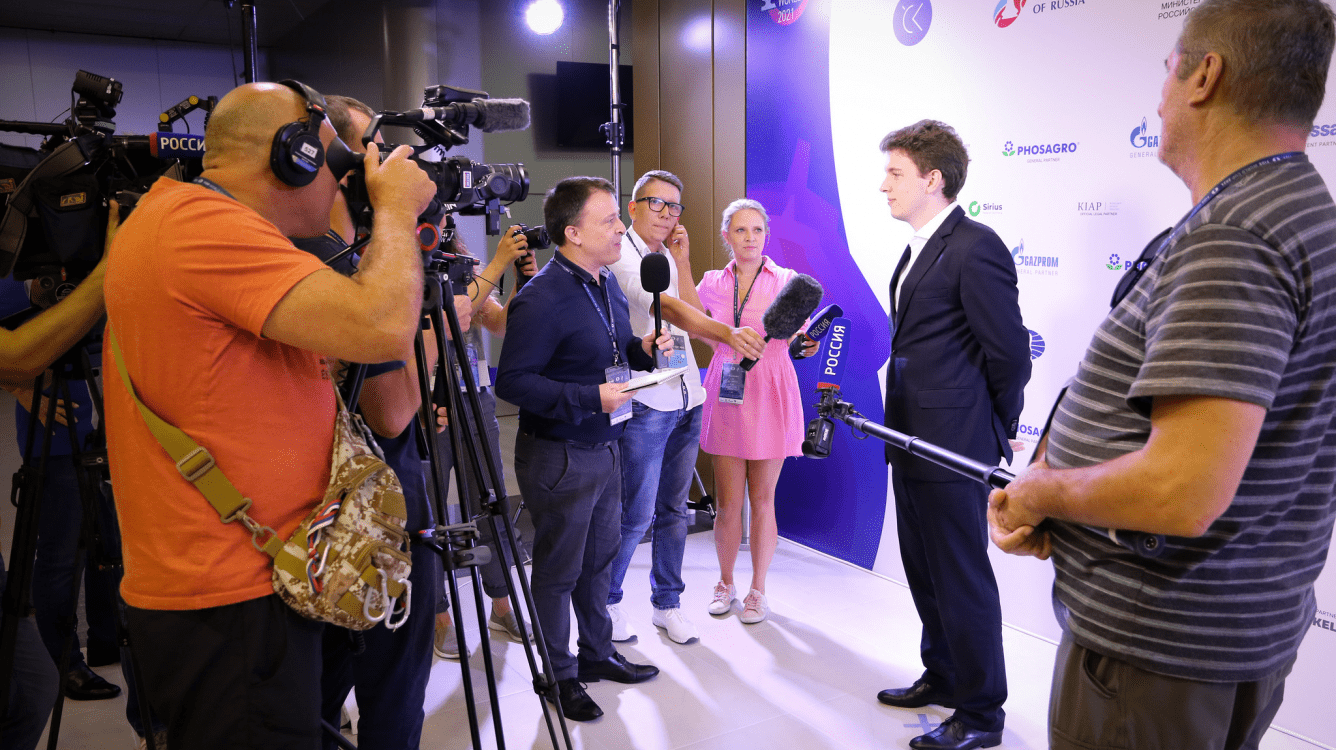
PeterDoggers
Updated: Aug 6, 2021,
98|Chess Event Coverage
English
GM Jan-Krzysztof Duda won the 2021 FIDE World Cup on Thursday, beating GM Sergey Karjakin convincingly in his white game, thereby avoiding a tiebreak. The 23-year-old Polish grandmaster finished the tournament undefeated and takes home $88,000.
Karjakin won $64,000 for coming second and, like Duda, he qualified for the 2022 FIDE Candidates Tournament.
GM Magnus Carlsen also won his second game against GM Vladimir Fedoseev to score 2-0 and come in third in the tournament, earning $48,000. Fedoseev won $40,000 for fourth place. (Mentioned prizes are after a 20% cut from FIDE.)
"I never really experienced anything like this before, at least in classical chess," was the first thing Duda said in his interview with FIDE after winning the World Cup. It seems like his country never experienced it either.
By reaching the final, Duda had already made history for Polish chess two days ago. The last time a Polish player qualified for the Candidates tournament was Miguel Najdorf in 1953.
Actually winning the tournament is a whole different matter, and can be considered the best-ever achievement by a Polish player in the history of the game. His win was widely reported in Polish media and he immediately undertook a number of interviews.
"I’m very happy that chess has become popular in Poland recently," said Duda. "I am just happy to play chess, promote [it] in my country and worldwide. I’m extremely happy."
The opening was another Queen's Gambit with 4...c5 and 5...cxd4, a topical line that we also saw Karjakin playing against Fedoseev in the semifinals.
87654321abcdefgh
"He played this against Fedoseev but I expected him to play even more solid, like the Queen's Gambit," said Duda. "I checked this line a little bit but OK, I thought, in general, I would press against this isolani pawn."
Duda had already faced it against GM Alexander Grischuk earlier in the tournament, where he played 9.Bd3. This time, he chose 9.Rd1.
Duda: "The important thing is not to play 9.Bd3, a move I have played a dozen times and which is the most stupid move order!"
Taking on f6 and d5 felt like "very simple play" to Duda, who could play for two results after that. "I was totally in control and a bit more active," he said.
It was also a very welcome type of position for him, in a situation where both players were exhausted after three weeks of top-level chess.
"To be honest, in this game I was missing a lot of stuff so it's pretty lucky I had such a position that I didn't need to calculate that much," said Duda.

His idea to keep the king in the center was nice as well and made a lot of sense when the queens got traded quickly. Visually, it seemed Black was close to equality but in fact, he was in trouble, as Duda showed with energetic play on the kingside combined with the great find 25.Rd7!.
For a brief moment, it looked like he was perhaps letting his opponent slip away when Karjakin's 26...Na5 allowed the simple tactic 27.Rxd8, immediately spotted by our commentator GM Vishy Anand. However, by then virtually everything was winning and just a minute later Karjakin resigned anyway.
Chess: Carlsen knocked out of World Cup semi as Poland’s Duda emerges
Jan-Krzysztof Duda, the 23-year-old who last year ended the world champion’s 125-game unbeaten sequence, went on to win Thursday’s final against Russia’s Sergey Karjakin

Magnus Carlsen has never won the biennial World Cup knockout, and the No 1 was eliminated in Tuesday’s semi-finals of its $190,000 2021 renewal in Sochi. Poland’s Jan-Krzysztof Duda, 23, again proved himself a nemesis on big occasions for Norway’s world champion, and went on to win the tournament.
Last autumn, Duda ended Carlsen’s record 125-game unbeaten run and was congratulated by his namesake Andrzej Duda, president of Poland. This week, the chess-playing Duda did still better as he defeated Sergey Karjakin, the 2016 title challenger, in the World Cup final. Their first game was a speedy draw, but in the second Duda was well prepared against a fashionable counter to the Queen’s Gambit. Karjakin never got in the game and resigned just a pawn down but with a poor position.
Duda’s success has qualified him for the eight-player 2022 Candidates, which will decide the next world title challenger following the 2021 match, in which Russia’s Ian Nepomniachtchi takes on Carlsen over 14 games in November-December in Dubai. The Krakow student will be the first world title candidate ever to represent Poland.
From a world top 20 player Duda has suddenly jumped to the verge of the top 10, and at age 23 his best years still lie ahead. Decades ago, the legends Miguel Najdorf and Samuel Reshevsky were both Polish-born, but they competed in the Candidates as representatives of Argentina and the US.
Duda’s decisive win against Carlsen came after they made three uneventful draws. He outplayed his opponent strategically in a position where the Norwegian had little active play for his pieces, just like the rising star Andrey Esipenko, 19, in his two 2021 wins against the champion.
Carlsen’s opening choice against the Sicilian 1 e4 c5 went wrong as 2 Nf3 d 3 Bb5+ Bd7 4 Bxd7+ Qxd7 soon turned into a kind of French where Black had exchanged light-squared bishops and could infiltrate Carlsen’s dark squared pawn front.
The world champion’s body language looked static and uncomfortable as his position worsened. Later, he admitted that he felt defeatist about his impending elimination in a position where Duda controlled the board with little counterplay, and this state of mind contributed to his missed drawing chances when Duda, short of time, erred in the bishop ending.
Freed of the burden of expectations in the third place play-off on Wednesday and Thursday, Carlsen overwhelmed Russia’s Vladimir Fedoseev 2-0 with imaginative attacking play. First he won with Black in a King’s Indian where White’s army was comically squashed into the right-hand corner, and then, even more crushingly, as White in a Caro-Kann 1 e4 c6.
The Women’s World Cup also had a surprise outcome as Alexandra Kosteniuk, 37, who won the event in 2008 when it doubled as a world championship, defeated the top seed, Aleksandra Goryachkina, 22, by bold attacking play.
It was a victory to savour for Kosteniuk. “When you’re young and you win, you don’t really appreciate it that much,” she said. “When you become older, every win is like something unbelievable and you start to appreciate it much more.”
The 2021 World Cup counts as an important success and a milestone in the return of normal over-the-board chess, especially since the Covid-19 cases at the start were absent in later rounds. It advanced the careers of Duda, Esipenko, and several younger talents, while the lone English entrant, Ravi Haria, twice beat highly rated grandmasters and strengthened his reputation as a rising star.
International online play continues this week with the Chessable Masters, the penultimate event in the Meltwater Champions Tour which concludes at San Francisco in September.
Wesley So has been a standout player on the Tour and the only one who can compete consistently with Carlsen. The US champion was rocked when Jorden van Foreest trounced him in 19 moves in classical attacking style, but So is resilient and still won their match. The Chessable Masters concludes this weekend (3.45pm start) with semi-finals on Friday and the final on Saturday-Sunday.
3775: 1 Be5+! Kc6 2 Ra6+ Kd7 3 Rxe6! Kxe6 4 f5+ Kxf5 5 Bxg3 and wins. The white king captures both black pawns, then escorts White’s h pawn to promotion. With K+B+h pawn v K, the bishop needs to control the queening square.




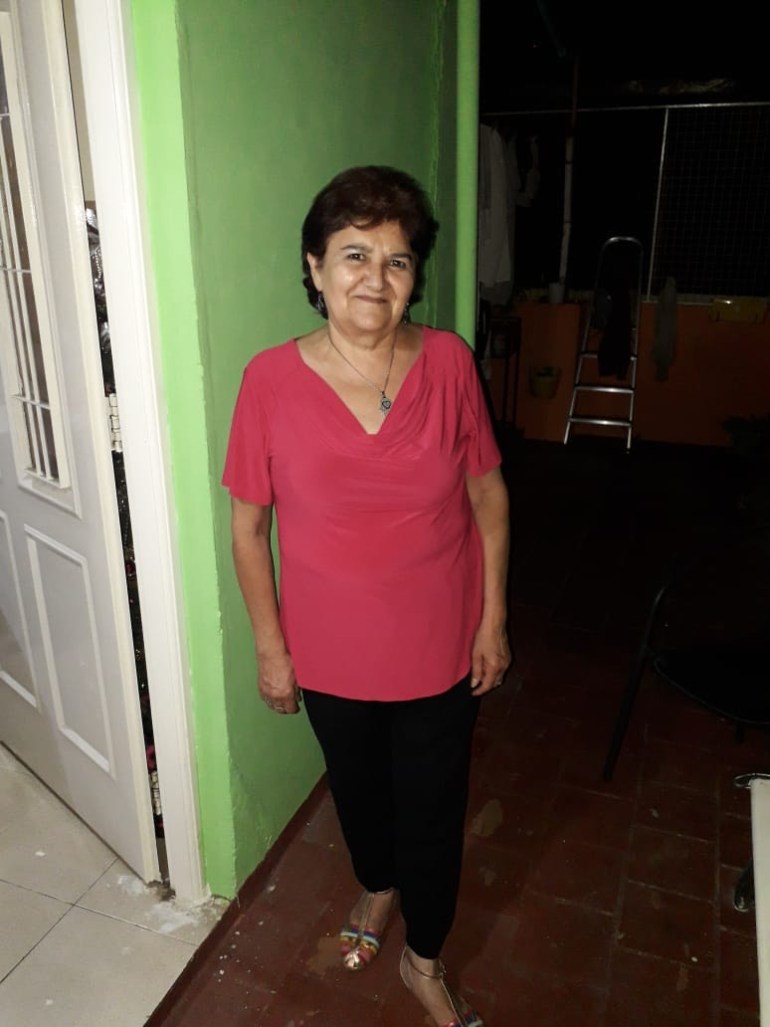 The vast majority of the income that Maria Luisa Suarez has earned over her lifetime has been paid by the hour and unregistered, resulting in paltry pension contributions [Photo courtesy of Maria Luisa Suarez]
The vast majority of the income that Maria Luisa Suarez has earned over her lifetime has been paid by the hour and unregistered, resulting in paltry pension contributions [Photo courtesy of Maria Luisa Suarez]